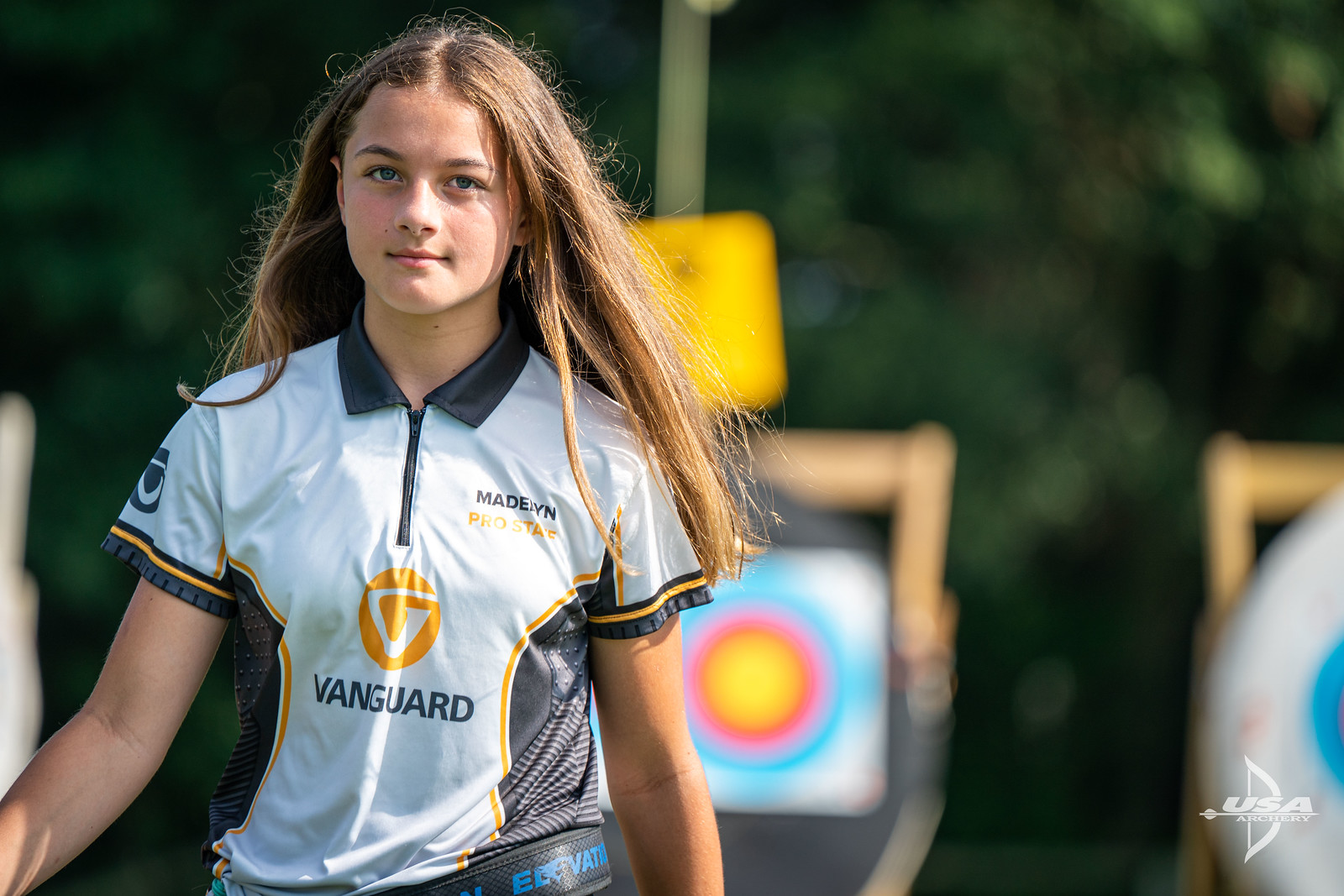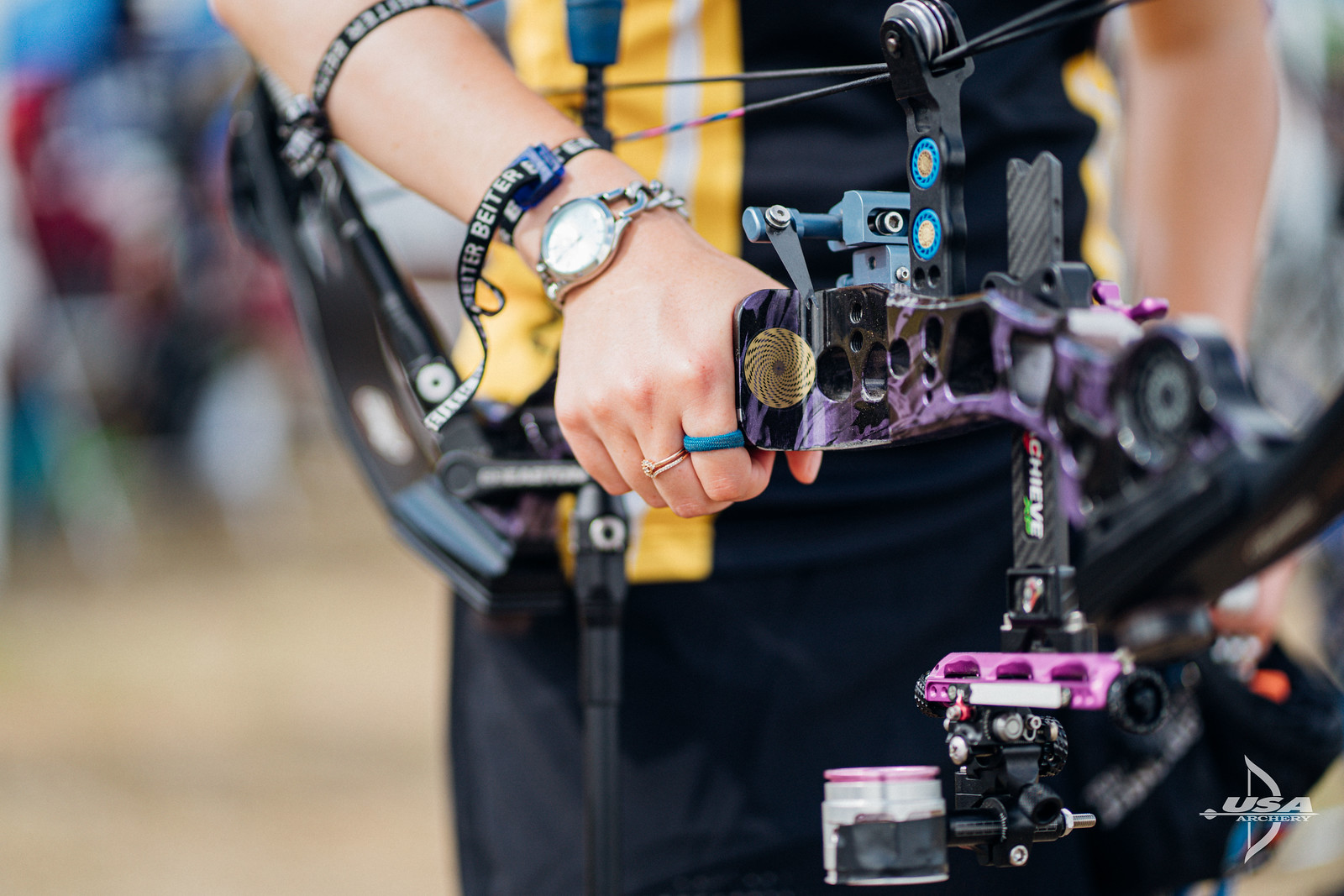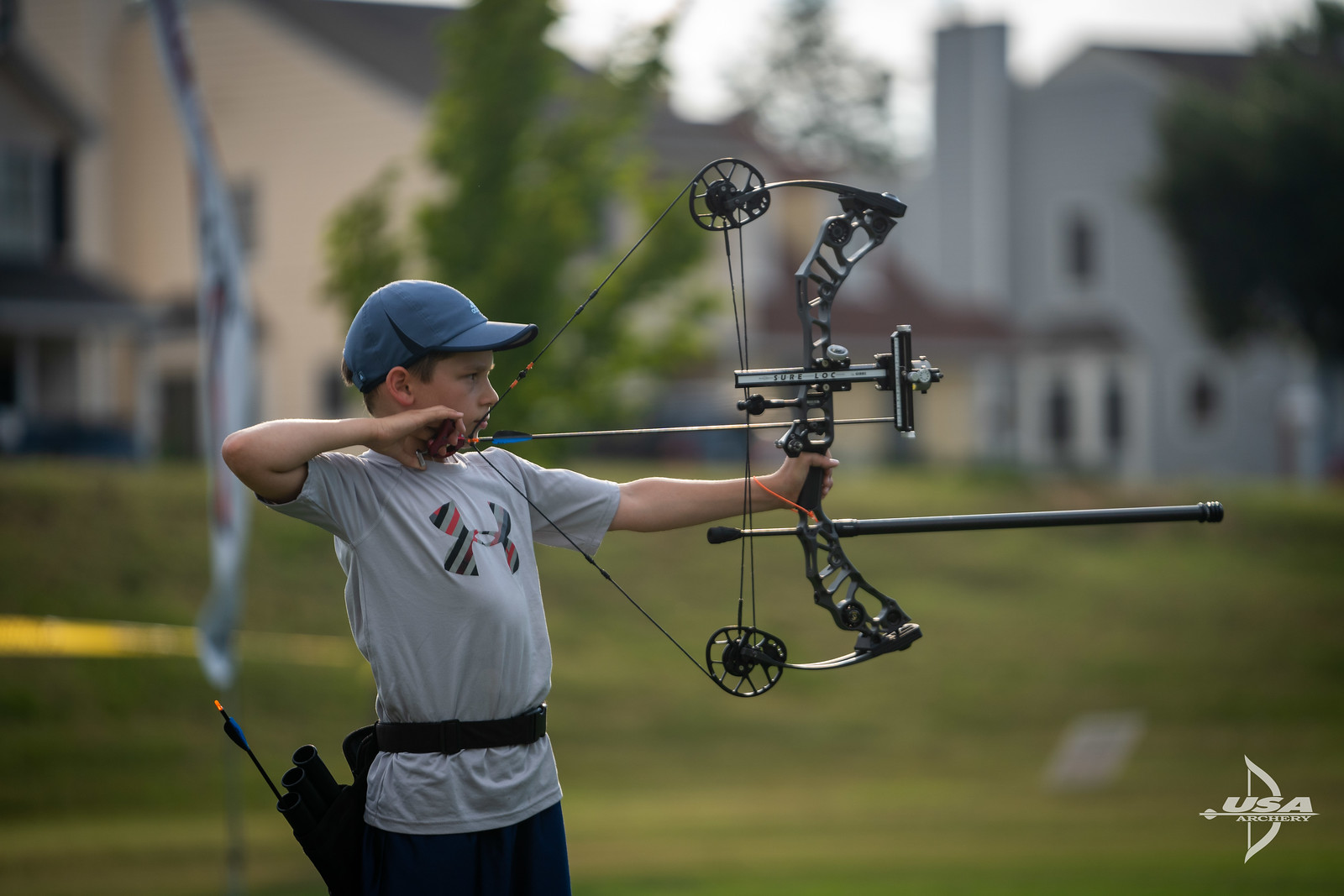 Special Thanks for Content Attributed to the National Strength and Conditioning Association
Special Thanks for Content Attributed to the National Strength and Conditioning AssociationThe novel coronavirus (COVID-19) has been declared a global pandemic, but as Stay at Home and Shelter in Place orders begin to lift, communities are slowly readjusting to a new normal. The situation continues to evolve and fluctuate rapidly and the most important thing we can do is adhere to the guidelines and recommendations of public health authorities. Find the latest recommendations from the Centers for Disease Control and Prevention here: www.cdc.gov.
USA Archery’s highest priority remains the health, safety and well-being of the archery community. As we start to be able to safely return to practices and events, we have put together some possible return to training outcomes and best practices.
The purpose of this document is to compile and summarize pertinent information to support safe and appropriate training practices for clubs and athletes during the expected transition period back to full training activity. The information included should be superseded by the latest local, state, and federal guidelines related to the containment and prevention of COVID-19.
Possible return to training outcomes for coaches and athletes include:

Please note, the following information should be used only as suggestions, not legal or medical advice – you should adhere to the recommendations of your local, state and federal public health authorities.
In response to COVID-19, archery coaches should adjust practice schedules to avoid large gatherings, and to allow for extra time in between sessions for the cleaning of surfaces and equipment. Extra precautions are necessary to prevent the asymptomatic transmission of the virus. Group size counts for training sessions must include all athletes and staff, and strictly adhere to social gathering and distancing policies at your club, camp and/or event, according to current guidance from local, state, and federal health authorities. Special considerations should be made for transitional periods between training groups when overlap and crowding is more likely to occur.
Dependent upon the specific timing and withdrawal of local COVID-19 restrictions, archery clubs, camps and events should be prepared to adhere to six-foot social distancing measures, as defined by the CDC. Consider spacing archers to one archer per target at a time. When not shooting, face coverings and gloves may be beneficial.
For anyone who may have access to your facility, if they have been in contact with someone with a confirmed case of COVID-19, they should stay home. The same applies to anyone who feels unwell, has a fever or cough, is traveling from an area that has a high density of cases and/or restrictions against travel, or anyone who is high-risk or immunocompromised. No-touch infrared thermometers can be used to scan for temperatures before anyone is permitted to access the facility. The CDC defines a fever as a temperature at or above 100.4F.
Appropriate cleaning and sanitation supplies should be kept on-hand, including: disinfectant (germicide), hand sanitizer (≥60% alcohol), specialty cleaners, paper towels and disinfectant wipes for example.
All high-touch surfaces and club, camp or event equipment should be cleaned regularly with germicidal (i.e. anti-fungal, anti-bacterial, and anti-viral) cleaner to prevent the growth of microbes which can increase the spread of disease. At minimum, shared equipment such as scoring tablets, arm guards, finger tabs, bows and arrows should be sanitized between each session and should not be touched by more than one archer per session. High-touch areas such as bathrooms, door handles, waiting areas, etc. should be cleaned at least every half hour or between usages as applicable.
Non-essential equipment should be removed from the range and stored to minimize cleaning surfaces. Cleaning and sanitation procedures should be extended to restrooms, locker rooms, flooring, water fountains and seating areas if applicable.
Fresh air circulation, ventilation, and sunlight (if possible) should be emphasized, as this shortens the time for respiratory droplets to be removed from the air. To prevent bacterial and microbial growth, the relative humidity should not exceed 60%. If possible, hold practices outdoors instead of indoors.

After periods of inactivity athletes are especially vulnerable to exertional injuries. Restrictions during the COVID-19 pandemic may have largely interrupted or limited athlete training. Missed practices and cancelled events may lead to decreased motivation, unsupervised practice at home may lead to bad habits or form changes, financial hardships may lead to an inability to afford coaching, travel or equipment.
A return to training may follow a period of significant inactivity, which will vary by athlete. Coaches should be prepared to help archers with reassessing equipment, training plans and short- mid- and long-term goals.
USA Archery’s Athlete Development Model can be a great resource – a road map for long term development, the ADM takes into consideration training levels, coaching focus, biomechanics, motor learning, sport psychology and physical training levels for archers on a spectrum of ages.
Evaluate the needs of each of your archers and come prepared with a plan to help archers discuss setbacks and the possibility that they may need to make greater adjustments. Make sure all practice sessions begin with sufficient warm up.
Archery coaches are impactful in the lives of their athletes and will play a vital role in helping them adjust back into training and competition. However, before considering training, supporting the primary needs of the athletes is most important. This includes helping athletes get back on a regular schedule, especially sleep habits, waking-up, meals, commuting, and academic responsibilities.
Most coaches and athletes have never experienced this level of uncertainty towards their sport and whether their upcoming seasons will occur. Recognizing that COVID-19 has been a stressful and uncertain time for many individuals and families is an important perspective. As archery clubs working to ensure the utmost precautions for athlete safety, the health and wellness of all coaches and staff must also be made a priority
< Back to All News